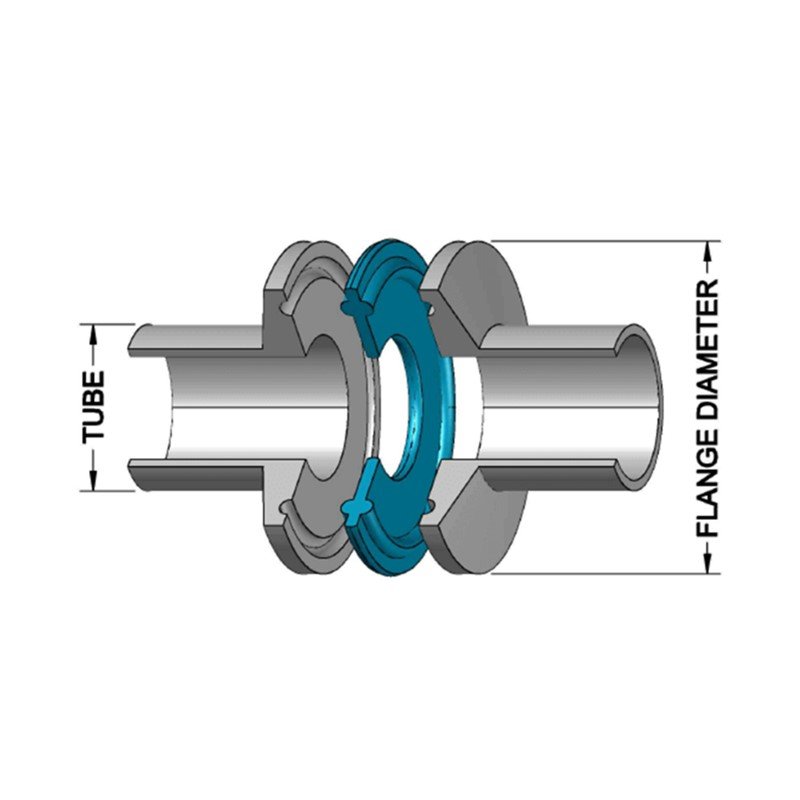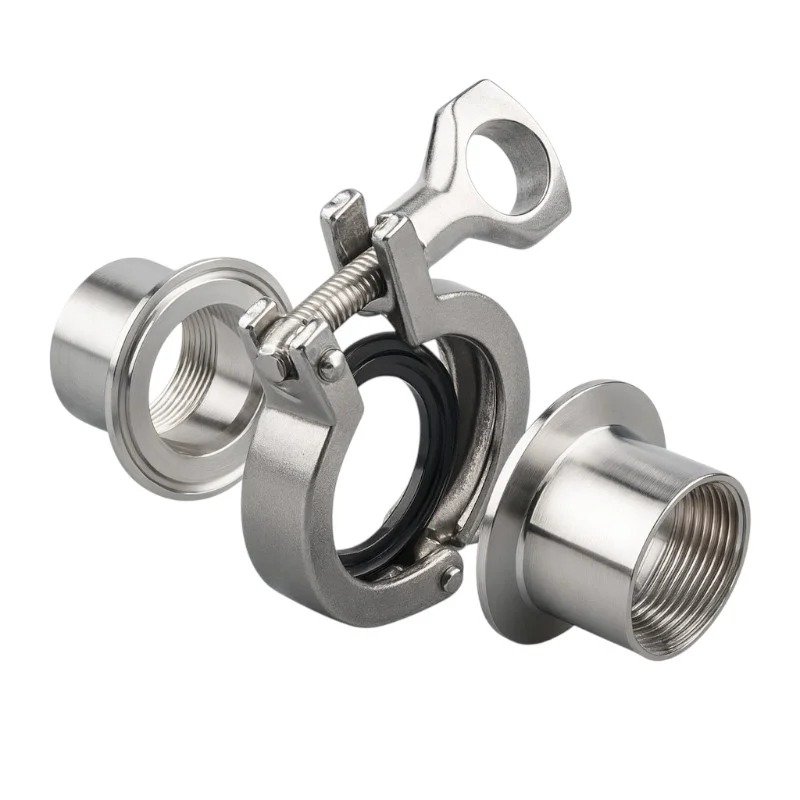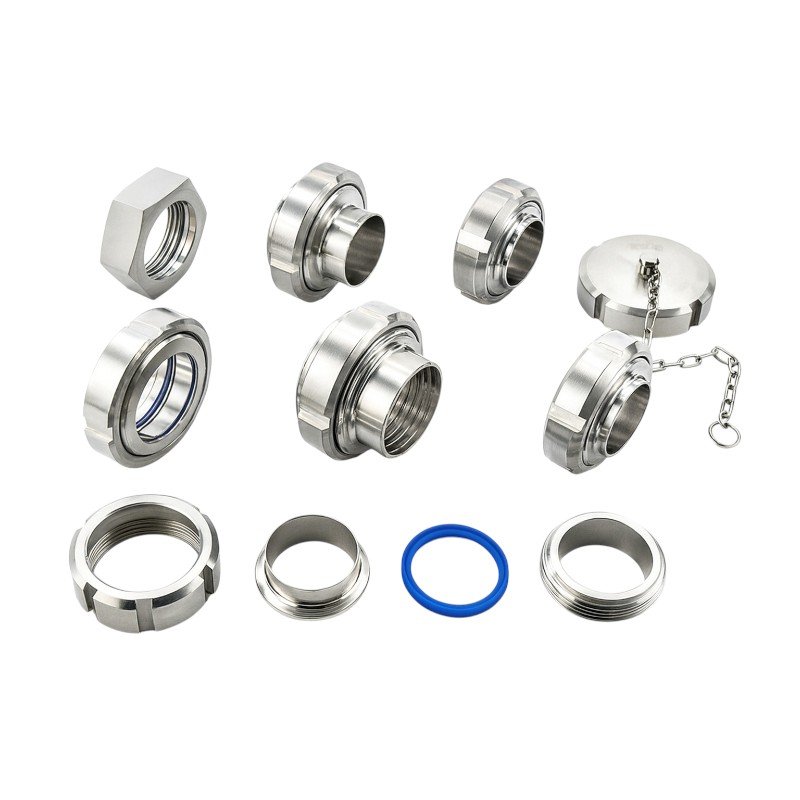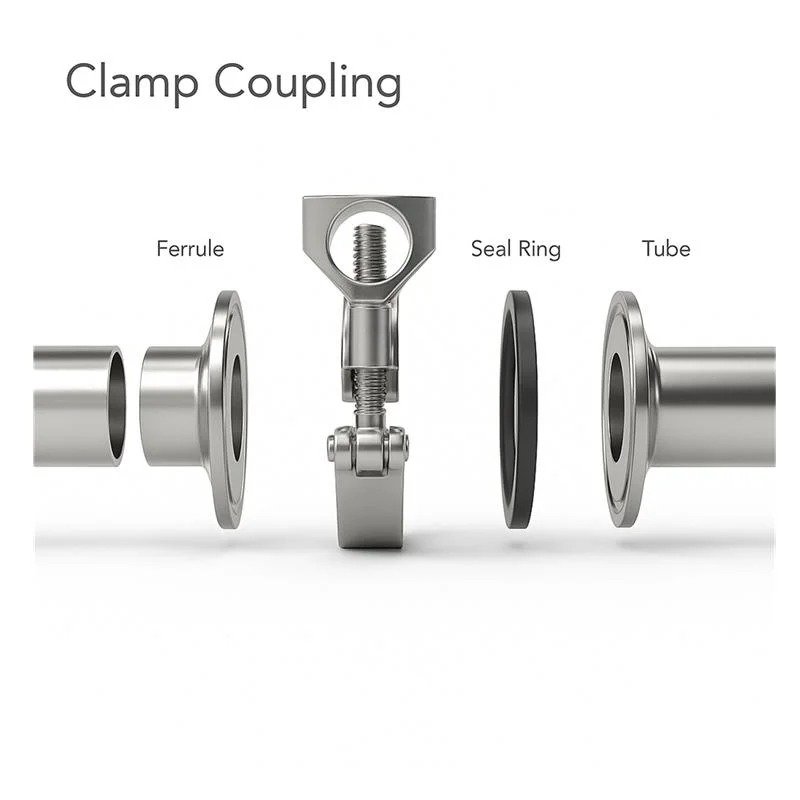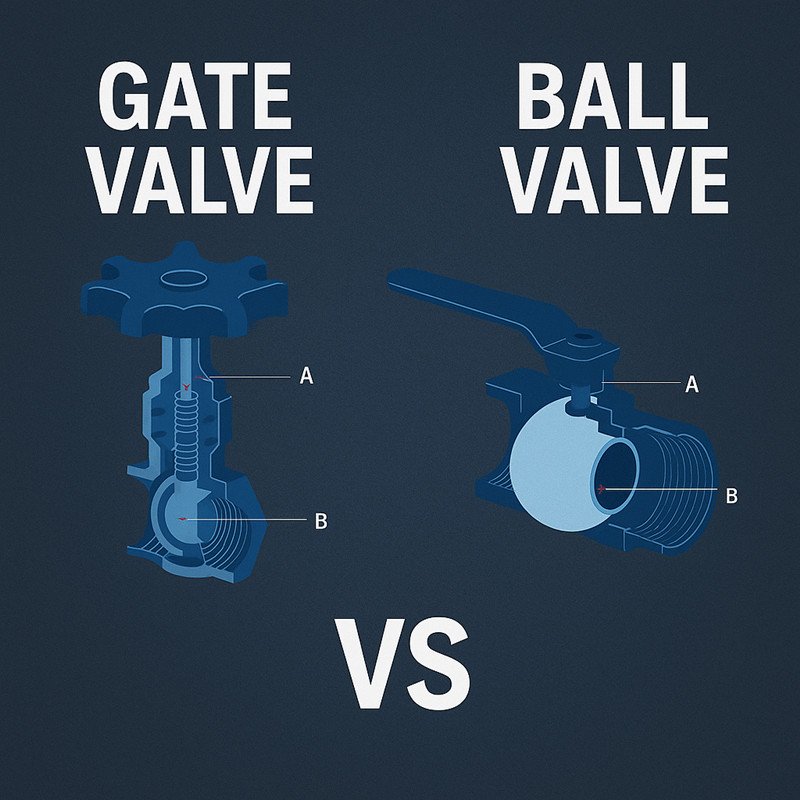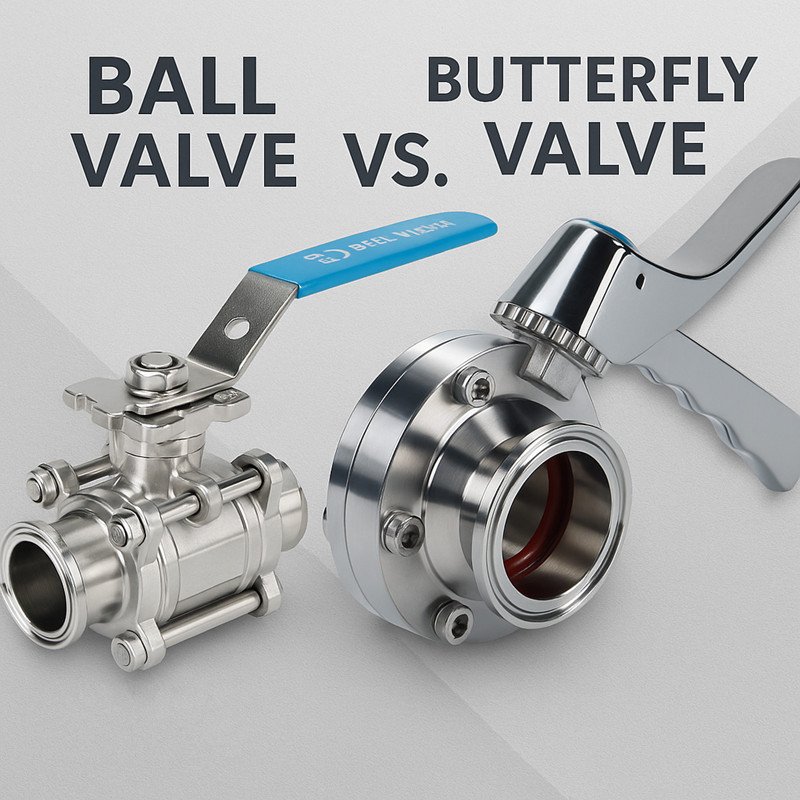
Flow control is a critical aspect of industrial systems, ensuring the proper regulation of liquids, gases, and other substances. Choosing the right valve is crucial for ensuring system efficiency and longevity. Among the many options, ball valves and needle valves stand out for their unique applications and characteristics.
Understanding these two valve types will help professionals in various industries make the right choice for their needs. Whether you’re in manufacturing, chemical processing, or water treatment, understanding the difference between these valves can help you achieve better control and reliability.
Understanding Flow Control Valves
Flow control valves are designed to regulate the flow of fluids1 within a system. They function by controlling the amount of flow that passes through pipes, tubes, or ducts, ensuring that the system operates within the desired parameters.
What Are Flow Control Valves?
Flow control valves include a wide variety of designs, each suited to different applications. Two commonly used types are ball valves and needle valves.
- Ball Valves are typically used for on/off control of fluid flow. They are designed with a spherical ball that rotates to open or close the valve.
- Needle Valves, on the other hand, are designed for precise flow control. They use a tapered needle that can adjust the flow very finely, often used in situations requiring very slow or low-flow regulation.
Each of these valve types serves a distinct purpose, with ball valves often being used for larger volumes of flow, while needle valves are better for precise, low-flow applications.
Role in Industrial Systems
In industrial systems, these valves play crucial roles in maintaining the efficiency and stability of the operations. Ball valves are popular in large systems where rapid on/off control is necessary, such as in the oil and gas industry. Needle valves are more commonly found in labs or industries requiring very specific flow rates, like pharmaceuticals or chemical processing.
Detailed Comparison: Ball Valves vs. Needle Valves
Functionality: How Each Valve Works
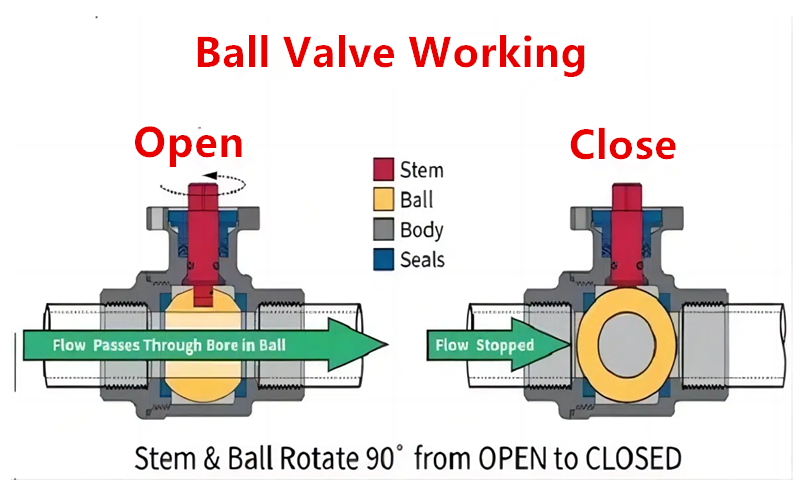
Ball Valves feature a hollow, perforated, and pivoting ball that rotates within the valve body to either allow or block the flow. This ball valve design provides a quick and reliable mechanism for controlling fluid flow. The rotation of the ball from a closed to an open position (or vice versa) creates a clear path for the fluid to pass through or stops the flow entirely.
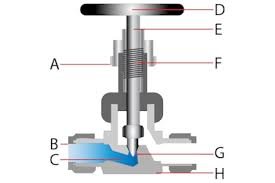
Needle Valves have a tapered needle that is inserted into a valve seat. By adjusting the needle, you can regulate the flow precisely, allowing for extremely fine adjustments. Needle valves are designed for slow and controlled fluid movement, often in very low-flow situations where accuracy is paramount.
Flow Control: Managing Fluid Flow
When it comes to flow control, the two valves operate very differently.
- Ball Valves are designed to handle larger flows and are typically used in applications where quick shutoff is needed. They are less suitable for fine control, especially in systems requiring small adjustments.
- Needle Valves, however, are ideal for regulating flow in applications requiring high precision. They are used when a slow, fine, or low-flow adjustment is needed, making them indispensable in applications where flow consistency is essential.
Features: Ball valves Vs. Needle Valves
| Feature | Ball Valve | Needle Valve |
|---|---|---|
| Functionality | On/Off control | Precise flow regulation |
| Flow Control | Suitable for larger flows | Ideal for low-flow, high-precision needs |
| Flow Coefficient | Higher flow rate handling | Lower flow rate handling |
| Precision | Less precision, suitable for general use | High precision for fine adjustments |
| Typical Applications | Oil & gas, HVAC, water treatment | Laboratories, pharmaceuticals, aerospace |
| Valve Size | Larger sizes for high-volume applications | Smaller sizes for precise control |
| Maintenance | Low maintenance, more durable | Requires more frequent adjustments |
| Advantages | Quick operation, high flow capacity, durable | Precise control, stable long-term use |
| Disadvantages | Less precision, prone to wear over time | Slow operation, limited to low flow rates |
| Pressure Compatibility | High-pressure systems | Limited by pressure conditions |
Flow Coefficients and Valve Sizes
Ball valves have larger flow coefficients, meaning they can handle higher flow rates. The size of the valve also plays a significant role, as ball valves are available in sizes ranging from small residential systems to large industrial pipelines.
Needle valves, due to their precision design, tend to have much smaller flow coefficients. They are available in much smaller sizes and are commonly found in laboratory settings or for fine-tuning in specific systems.
Precision and Regulation
Needle valves excel in precision. In applications where exact control over flow is needed—such as in chemical mixing or gas flow regulation—needle valves provide an accurate and stable adjustment. They can handle extremely low flow rates with high precision, even adjusting the flow down to a drop per minute.
On the other hand, ball valves are typically used for more basic applications, offering a straightforward on/off mechanism. Although ball valves can be used to control flow to some degree, they are not designed for high precision.

Best Use Cases for Each Valve
Ball Valve Applications
- Oil & Gas Industry: Ball valves are commonly used in large-scale pipelines where the need for rapid shut-off is critical.
- Water Treatment Plants: Ball valves regulate large volumes of water, allowing quick shut-off when needed.
- HVAC Systems: Ball valves are used to control the flow of hot and cold water throughout the system.
Needle Valve Applications
- Laboratories: Needle valves are perfect for experiments requiring fine control of liquid or gas flow.
- Pharmaceuticals: They are used in the production of drugs, where precise flow control of chemicals and fluids is required.
- Aerospace: Needle valves regulate fuel and gas flow in precision-engineered systems.
Case Study: Industrial Gas Systems
In industrial gas applications, ball valves are often used to quickly shut off or start the flow of gas, while needle valves are used to fine-tune the flow rates to ensure consistency and safety.
Factors to Consider When Choosing a Valve
Choosing the right valve is a complex decision based on various factors, such as pressure, temperature, and material compatibility.
- Pressure: High-pressure systems may require more robust ball valves due to their ability to handle larger volumes of fluid at higher pressures. Needle valves, however, might not perform well under extreme pressure.
- Temperature: Both valves are designed to handle a wide range of temperatures, but specific materials may be needed for high or low-temperature applications.
- Material Compatibility: Depending on the fluid being transported, the material of the valve must be compatible with the chemical properties of the fluid to avoid corrosion or damage.
Environmental and Operational Conditions
The working environment plays a big role in selecting the right valve. Needle valves are preferred in laboratory environments with controlled conditions, while ball valves are better suited for industrial environments where fast and reliable operation is essential.
Advantages and Disadvantages Expanded
Ball Valve Advantages
- Quick Operation: They provide rapid shutoff, making them ideal for emergency situations.
- Durability: Ball valves are durable and can handle a wide variety of fluids and pressures.
- Low Maintenance: They typically require less maintenance than other types of valves.
Ball Valve Disadvantages
- Less Precision: They are not ideal for fine adjustments.
- Wear and Tear: Over time, the ball’s sealing mechanism may degrade, especially in corrosive environments.
Needle Valve Advantages
- Precision Control: Perfect for low-flow, precise control of liquids or gases.
- Long-Term Stability: Needle valves provide consistent performance over time in controlled conditions.
Needle Valve Disadvantages
- Slow Operation: They are slower to adjust compared to ball valves.
- Limited Flow: They are not suitable for high-flow applications.
Real-Life Example: Needle Valve Wear
In a chemical processing plant, a needle valve controlling a delicate chemical reaction may wear over time, affecting precision. Routine checks and maintenance schedules can help mitigate this issue.
Innovations and Future Trends
The future of valves looks promising, with ongoing innovations in materials and design. Advances in smart valves, which integrate sensors and automation, could impact both ball and needle valves.
For example, the incorporation of smart technology in ball valves may allow for remote monitoring and control of flow, making them more suitable for a wider range of applications.
Needle valves could benefit from materials that resist corrosion and wear better, extending their life in harsh environments.
Conclusion and Recommendations
When selecting between ball valves and needle valves, it’s essential to consider the application’s requirements, including flow rate, precision, and environmental factors. Each valve has its strengths, with ball valves being ideal for quick shutoff and high-flow situations, while needle valves excel in fine flow regulation.
Before making a purchase, it’s crucial to assess your system’s needs carefully to ensure optimal performance and longevity.
CTA
Browse our extensive range of valves, including ball and needle valves, and explore detailed product specifications and technical guides. For personalized assistance, our expert team is available to help you choose the right valve for your application.
-
Exploring fluid regulation techniques can enhance system performance and reliability in engineering and industrial applications. ↩


